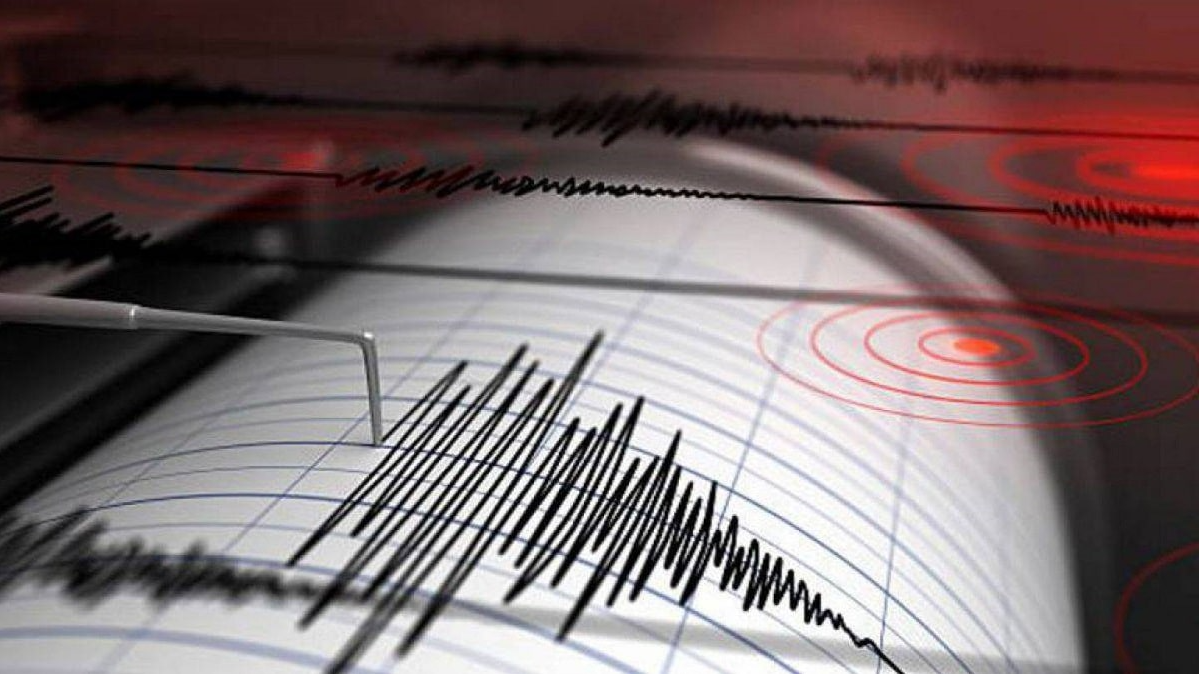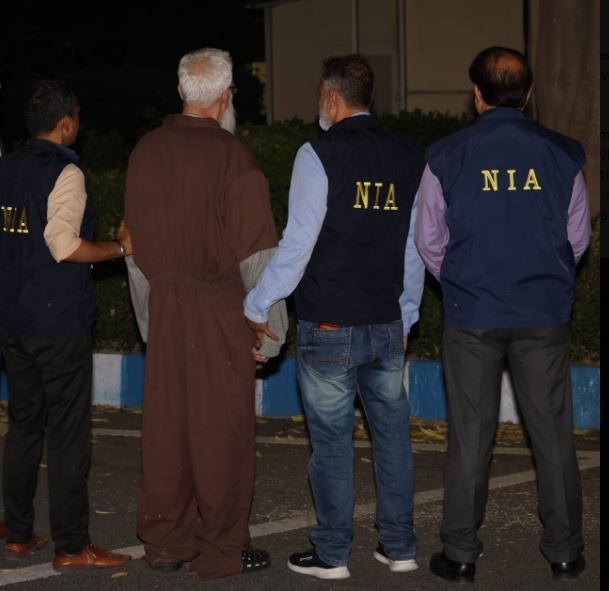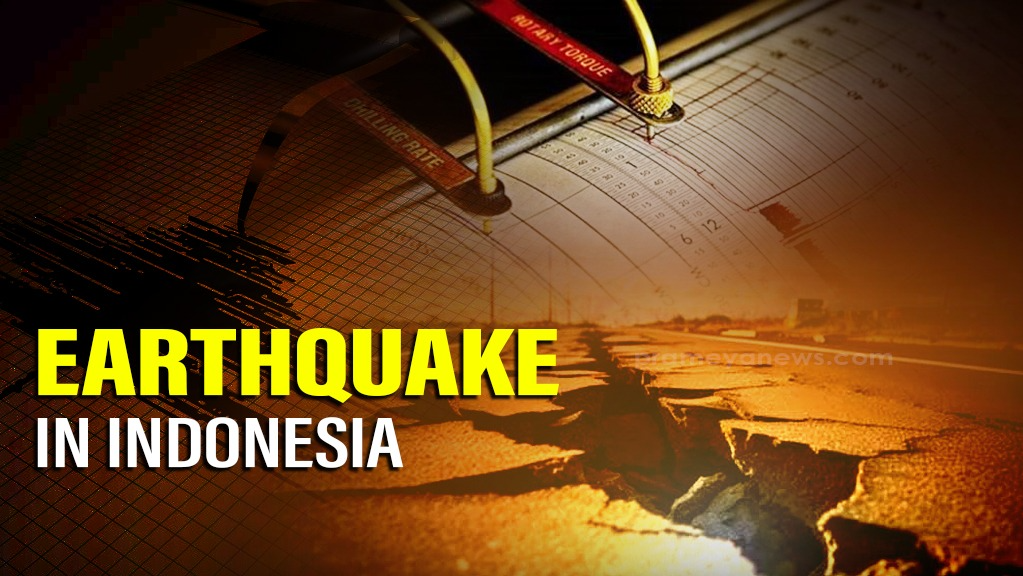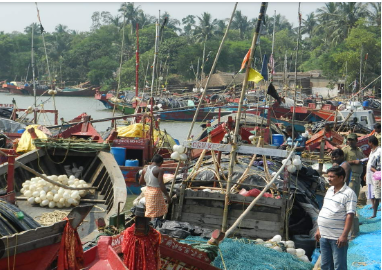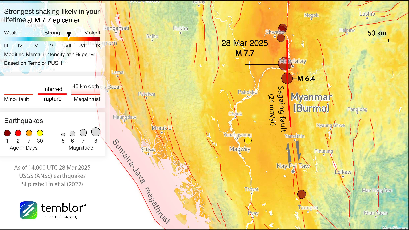Region jolted by Four Quakes in Quick intervals
Sunday morning saw four earthquakes strike India, Myanmar, and Tajikistan within an hour, indicating the region's seismic risks. The rapid series of events put communities on edge, though widespread major damage was not immediately reported outside of areas already recovering from previous disasters.
Tremors across the Borders
The seismic activity began at 9:00 AM local time in northern India. A magnitude 3.4 tremor, relatively minor but felt by residents, occurred at a shallow depth of 5 km in Himachal Pradesh's Mandi district, according to India's National Center for Seismology (NCS). People reportedly evacuated buildings as a precaution, but no injuries or significant damage resulted.
Events quickly escalated further east. Shortly after the Indian quake, a more powerful magnitude 5.5 earthquake struck central Myanmar, near Meiktila, as reported by the US Geological Survey (USGS). This tremor represented a significant aftershock following the devastating 7.7 magnitude quake that hit the country on March 28, compounding challenges in regions like Mandalay and Naypyitaw. Reports indicated ceiling damage in Wundwin township, and the quake disrupted the somber observance of Thingyan, Myanmar's New Year holiday, already muted due to the recent catastrophe.
The seismic activity continued westward. At 9:54 AM, Tajikistan experienced a strong magnitude 6.1 earthquake (initially reported as 6.4) at a depth of 10 km. This was followed by a magnitude 3.9 tremor in the same region at 10:36 AM. While felt in nearby towns, leading to some precautionary evacuations, major damage wasn't immediately confirmed.
This cluster of earthquakes within such a short timeframe has renewed concerns regarding tectonic instability across the seismically active Himalayan and Central Asian zones. While the immediate impact in India and Tajikistan appeared limited, the aftershock in Myanmar further complicates the ongoing humanitarian crisis, already disturbed by civil conflict and the aftermath of the March 28 disaster. Authorities of the affected nations are continuing to monitor the situation closely.







